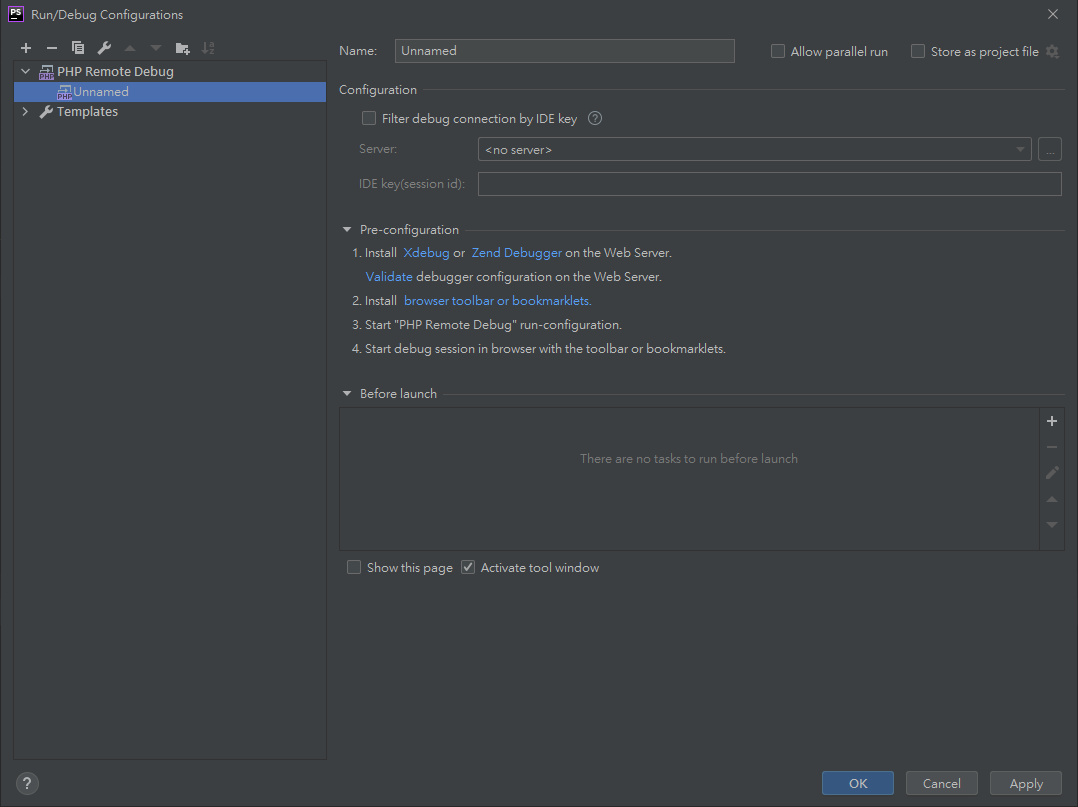

You can find MySQL’s binaries somewhere like:Ĭ:\Program Files (x86)\Local\resources\extraResources\lightning-services\mysql-8.0.16+3\bin\win64\bin If you drill down into \resources\extraResources\lightning-services you’ll see the a number of folders representing: mariadb, mysql, nginx, php, and mailhog. You can find the actual application files at a path something like this: From what I see it looks like Local is similar to a normal WAMP stack under the pretty GUI. I’ve just spent a few minutes investigating. I haven’t personally tried this method - Curious if you ever made headway on this? If you are using the latest and greatest then these instructions won’t work, but you could try recommendation above: Local + PHPUnit + PhpStorm.

Older versions installed the web/db server in a virtual machine (VirtualBox) while newer versions abandoned the virtual machine for installing the server directly on your native OS. This depends on the version of Local you are using.


 0 kommentar(er)
0 kommentar(er)
